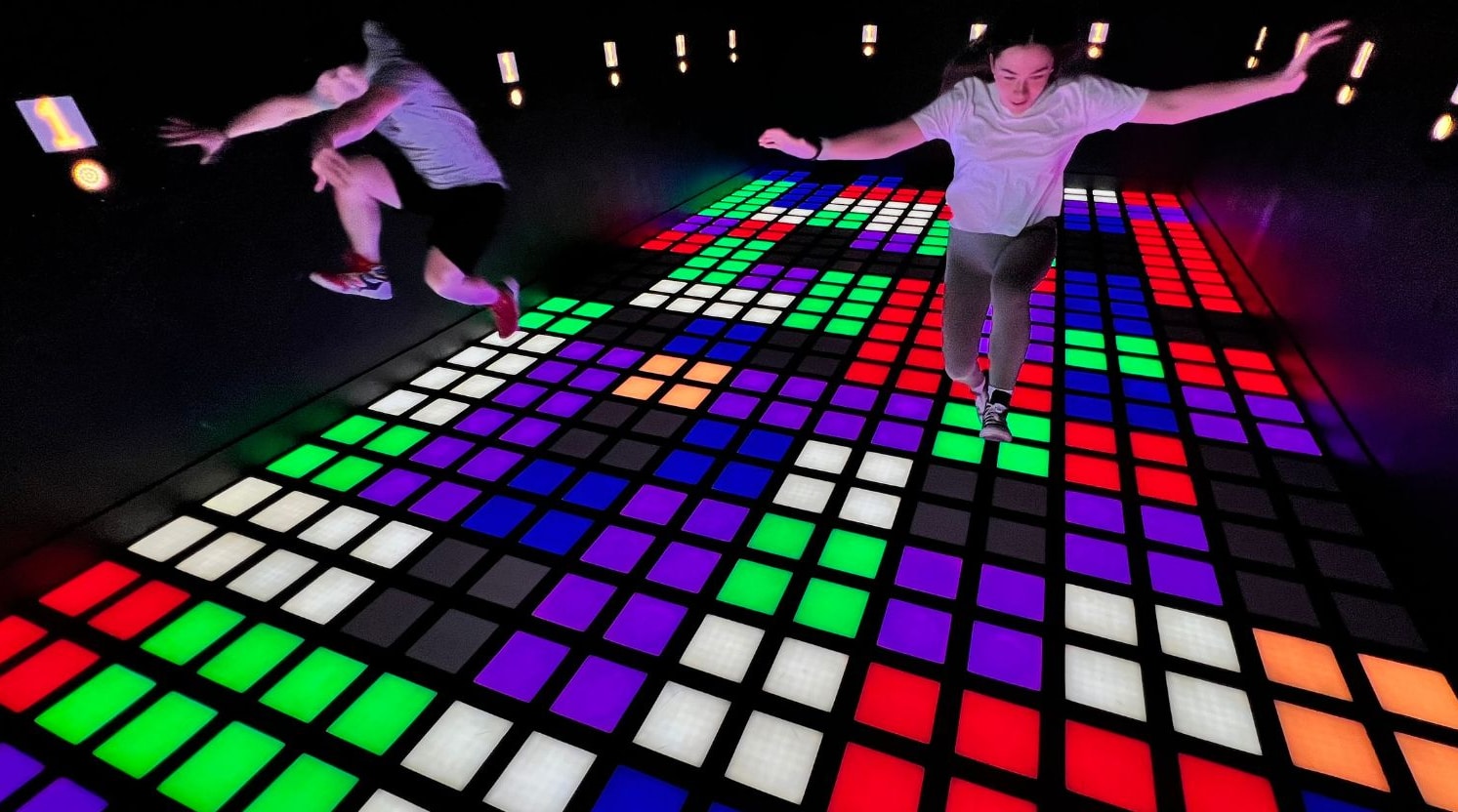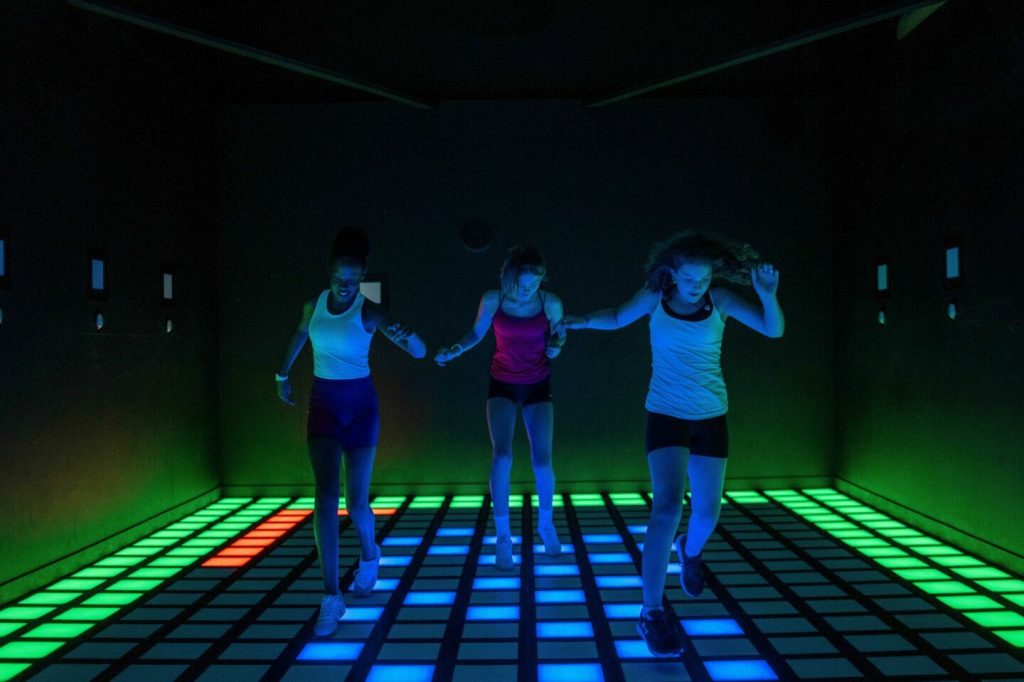As the global market for activate games continues to expand, 2025 marks a crucial year for industry players and investors seeking to understand the competitive dynamics shaping this fast-growing sector. Activate games — interactive physical-digital entertainment systems combining technology, sports, and gaming — have surged in popularity in family entertainment centers, shopping malls, and indoor amusement parks. With rising consumer demand for immersive experiences, the competition among activate game manufacturers has intensified, creating new opportunities for innovation and market differentiation.

1. Market Overview: Rapid Expansion Driven by Experience Economy
The activate games market is witnessing steady double-digit growth globally, largely driven by the “experience economy.” Families, friends, and corporate groups are seeking interactive and physically engaging entertainment alternatives to traditional video games. From smart walls and motion-tracking arenas to AI-driven challenge systems, activate games deliver fun, exercise, and competition in one immersive package.
In 2025, the global activate games market size is projected to surpass USD 1.2 billion, with Asia-Pacific leading the charge due to its strong manufacturing base and the rise of indoor play centers in China, South Korea, and Southeast Asia. Meanwhile, North America and Europe are seeing an increasing number of entertainment venues adopting activate games as core attractions.
2. Competitive Landscape: Key Manufacturers and Market Leaders
The industry’s competitive field is characterized by a mix of global technology developers and specialized hardware producers. Companies like Pixelverse, for instance, have established themselves as leading activate game suppliers, offering full-solution packages — from hardware development and software integration to on-site installation and after-sales services.
European brands are focusing on high-end customization and safety compliance, while Asian manufacturers dominate the market with cost-effective scalability and supply chain efficiency. The competition now hinges on innovation speed, durability of equipment, and cross-platform integration capabilities.
Emerging manufacturers are also gaining ground by introducing modular, easy-to-upgrade systems that allow entertainment centers to expand or re-theme their activate game zones without full replacement.
3. Market Share Analysis: Shifting Toward Smart Integration
Based on 2025 data estimates, the top 10 activate game manufacturers account for over 60% of global market share. Asian producers, particularly those from China, have expanded their footprint thanks to lower production costs and faster product iteration. North American and European companies, however, retain strong influence in premium market segments and corporate entertainment sectors.
Pixelverse and several other leading firms are investing heavily in smart technology integration — including IoT connectivity, AI-based scoring systems, and data-driven customer engagement tools — setting the stage for the next wave of innovation.
4. Innovation Trends Shaping the Competition
-
Modular Game Design: Easily replaceable modules help operators keep experiences fresh.
-
AI & Motion Sensing: Smart recognition enhances gameplay realism and fairness.
-
Cloud-Based Game Management: Remote updates, performance tracking, and customer analytics improve ROI for entertainment centers.
-
Sustainability Focus: Eco-friendly materials and energy-efficient systems are becoming major purchase factors, especially in Europe.
5. Challenges and Opportunities Ahead
While competition drives innovation, it also increases the need for differentiation. Manufacturers are now focusing on brand experience — building loyalty not only through product quality but also through customer service, maintenance efficiency, and game diversity.
For investors and operators, the key opportunity lies in partnering with experienced source suppliers like Pixelverse, who provide factory-direct pricing, shorter production cycles, and full technical support. By cutting out middlemen, operators can achieve higher profitability and faster returns.
6. The Future Outlook: Collaboration and Global Expansion
The activate games industry in 2025 is moving toward cross-border collaborations. Asian suppliers are expanding into Europe and North America through joint ventures, while Western companies are licensing technology and design expertise to Asian partners. This synergy is expected to accelerate global market growth and drive down costs for end users.
By 2030, activate games are projected to become a standard feature in family entertainment centers worldwide — much like bowling or laser tag in the past decade. Manufacturers that balance innovation, reliability, and cost-effectiveness will dominate the next phase of global market consolidation.
For more details, scan my WeChat QR code to contact us👇.


发表回复